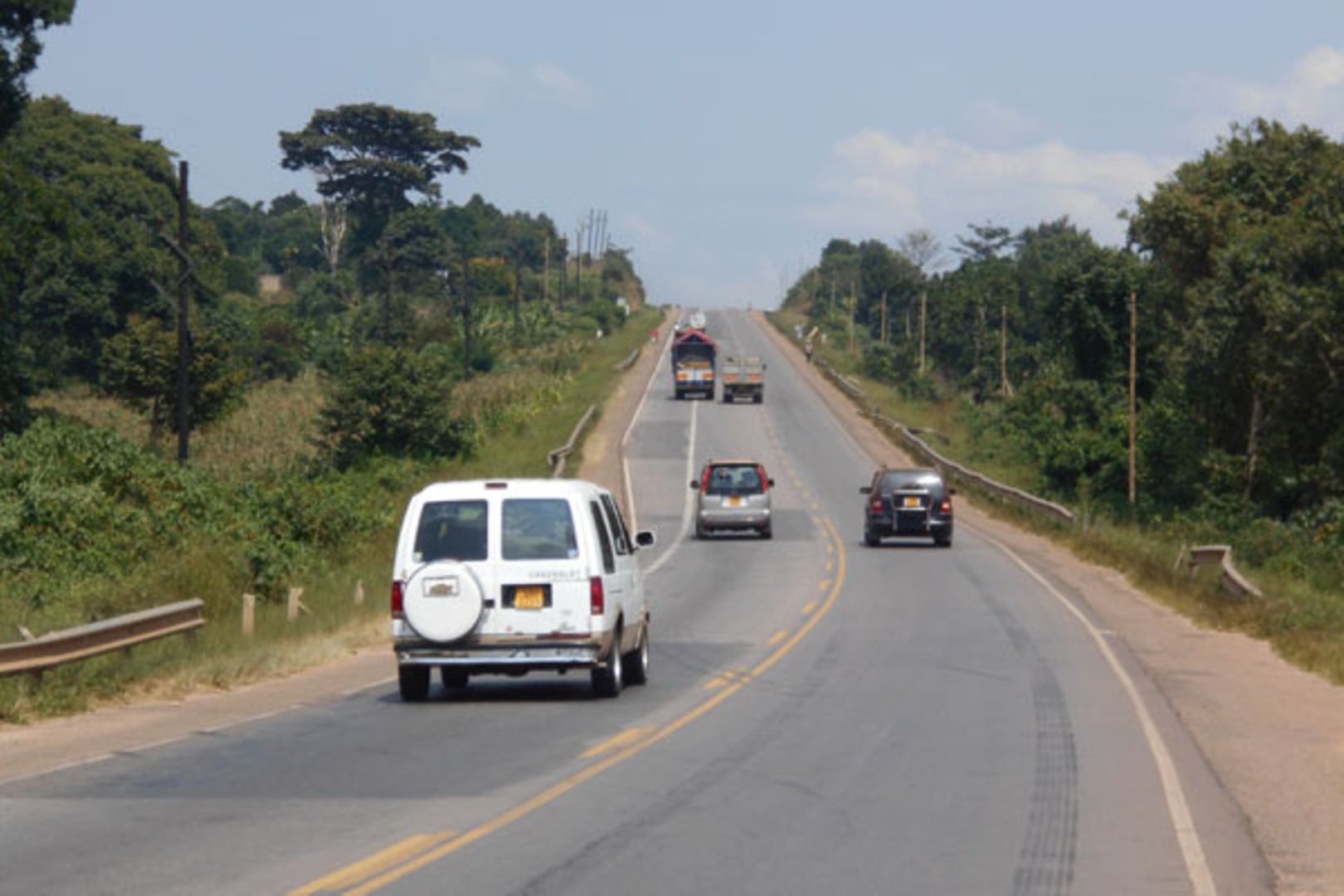Self-driving in Uganda is an exciting and adventurous way to explore this diverse and beautiful country. With well-maintained roads, stunning landscapes, and incredible wildlife, driving yourself around allows you the freedom to go at your own pace and stop whenever you please to soak in the scenery or snap some photos. Keep in mind that while major roads are generally in good condition, some rural areas may have more challenging terrain, so a 4×4 vehicle is recommended for off-the-beaten-path adventures. Additionally, it’s important to be cautious of local driving regulations and customs, as road conditions and traffic patterns may differ from what you’re accustomed to.
However, with careful planning and a sense of adventure, a self drive in Uganda can be an unforgettable experience full of unexpected wonders waiting to be discovered. Below are 8 useful travel tips for a successful Uganda self drive adventure whether you are traveling alone, as couple, family or small group.
8 Tips For Safe & Comfortable Self Drive In Uganda
Understanding Ugandan Road Rules And Regulations
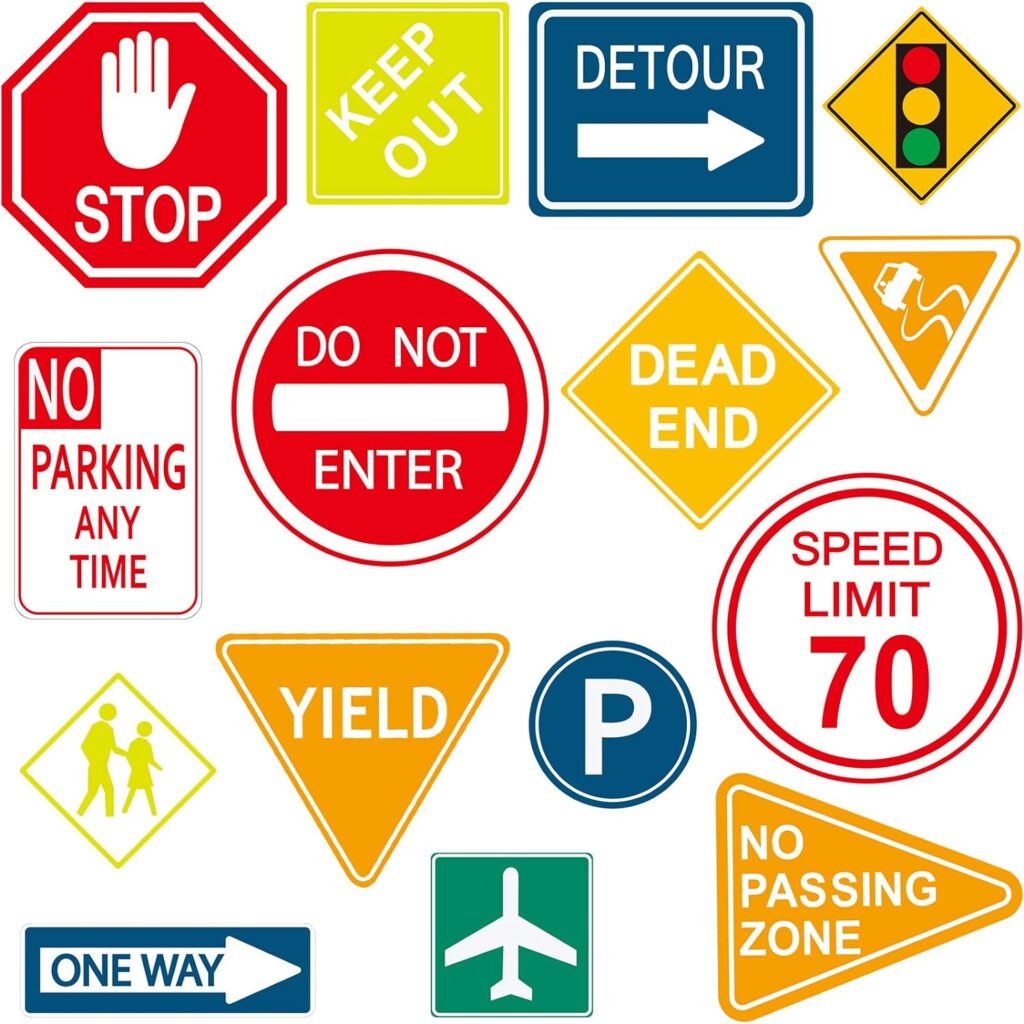
Navigating Uganda’s roads requires a solid understanding of the country’s unique road rules and regulations. First and foremost, driving is on the left-hand side, a vestige of British colonial influence. This can be disorienting for those accustomed to right-hand driving, so extra caution is essential.
Speed limits vary depending on the area: urban zones typically have a maximum speed limit of 50 km/h, while rural highways allow up to 80 km/h. However, these limits are often loosely observed by local drivers, so maintaining vigilance is crucial. Traffic signs may not always be prominently displayed or well-maintained; therefore, familiarity with common symbols and local driving customs can be beneficial.
Seat belts are mandatory for all passengers, though enforcement may vary. Additionally, drink-driving laws are stringent with severe penalties for offenders. Finally, understanding that boda-bodas (motorcycle taxis) frequently weave through traffic unpredictably will help in anticipating potential hazards. By comprehending these rules and adapting to local conditions, you can navigate Uganda’s roads in self drive rental car more safely and confidently.
Navigating Traffic Congestion In Urban Areas
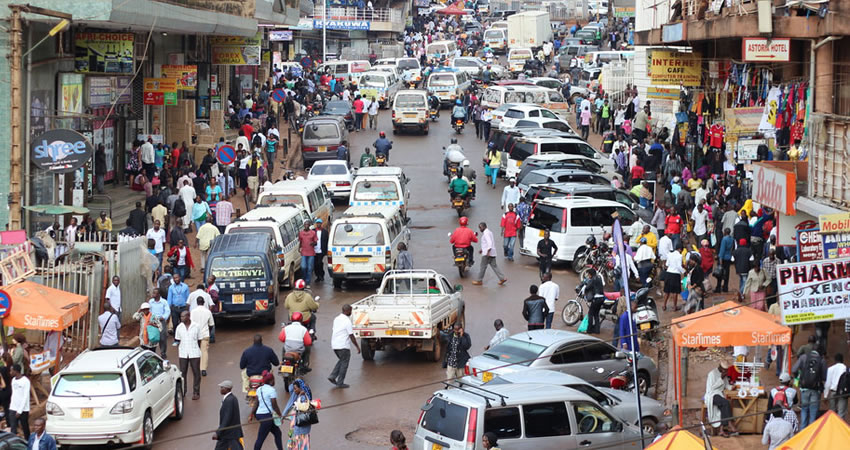
Navigating traffic congestion in Uganda’s urban areas requires a blend of patience, awareness, and strategic planning. Kampala, the bustling capital, is notorious for its dense traffic, particularly during peak hours. To effectively maneuver through these congested streets, it’s essential to stay informed about current road conditions. Local radio stations and mobile apps can provide real-time updates on traffic jams and alternative routes.
Understanding the flow of local traffic culture is crucial; Ugandan drivers often exhibit an assertive driving style that may seem chaotic to outsiders but follows an unspoken system of mutual recognition and respect. Defensive driving becomes vital—anticipate sudden stops or lane changes by other vehicles. Motorcycles, known locally as boda-bodas, weave through traffic unpredictably and require extra vigilance.
Moreover, planning your trips outside rush hours can significantly reduce stress and travel time. Early morning or late evening drives are generally smoother. Familiarize yourself with less-traveled roads that might offer scenic yet quicker alternatives to main thoroughfares clogged with vehicles.
In essence, navigating Uganda’s urban congestion demands a proactive approach combined with a flexible mindset to adapt to the ever-changing road dynamics.
Dealing With Unpredictable Weather Conditions
Uganda’s weather can be as diverse as its breathtaking landscapes, presenting a unique challenge for drivers. The rainy season, which typically spans from March to May and September to November, can transform roads into slippery and muddy terrains, making navigation difficult. During these periods, visibility is often reduced due to heavy downpours or fog, demanding heightened vigilance and slower driving speeds.
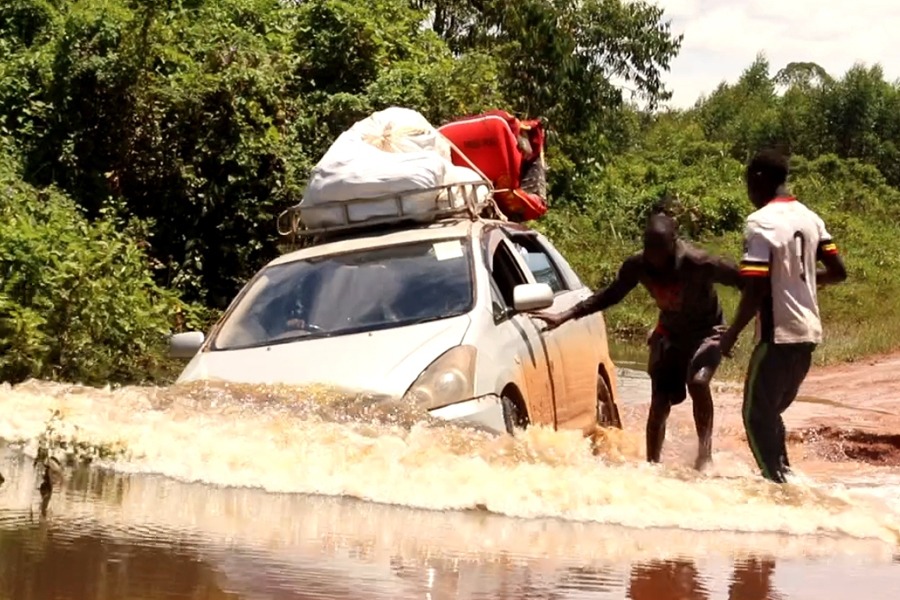
It’s crucial to ensure that your vehicle’s tires are in excellent condition for optimal traction on wet surfaces.
Conversely, the dry season brings its own set of challenges. Dusty conditions can obscure vision and create slick surfaces when combined with oil residues on the roads. Additionally, temperature fluctuations between day and night can affect tire pressure and engine performance. Staying informed about daily weather forecasts allows you to anticipate changes and prepare accordingly.
Equipping your car with essential tools like a reliable GPS, and emergency supplies, and maintaining regular vehicle checks are indispensable practices for safely navigating Uganda’s unpredictable weather conditions.
Tips For Driving Safely On Rural Roads
Driving on Uganda’s rural roads presents a unique set of challenges, requiring heightened awareness and adaptability. Firstly, road conditions can vary dramatically; expect anything from smooth tarmac to rough, unpaved paths riddled with potholes. It’s crucial to maintain a moderate speed that allows you to react swiftly to unexpected obstacles like livestock or sudden ditches.
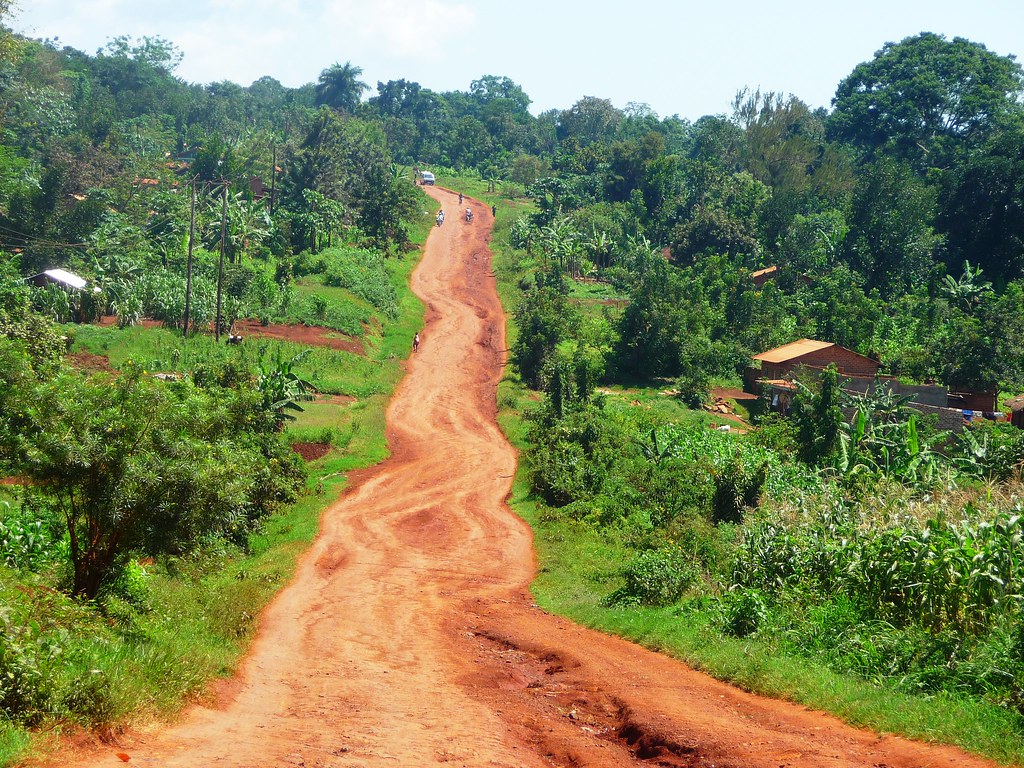
Visibility is another key factor. Rural roads often lack adequate signage and lighting, making it imperative to drive during daylight hours whenever possible. If night driving is unavoidable, ensure your headlights are in excellent working condition and reduce your speed significantly.
Another essential tip is to be mindful of local traffic patterns. Bicycles, pedestrians, and even small vendors may share the road with motor vehicles. Patience and courteous driving go a long way in these scenarios.
Lastly, always have an updated map or GPS device at hand, as mobile network coverage can be unreliable in remote areas. Familiarize yourself with basic vehicle maintenance skills; the nearest mechanic could be miles away. By taking these precautions, you’ll navigate Uganda’s rural roads more safely and enjoyably.
Handling Wildlife Encounters On The Road
Driving through Uganda’s diverse landscapes offers a unique experience, but it also brings the possibility of encountering wildlife on the roads. Whether you’re navigating through a national park or a rural area, it’s essential to approach these situations with caution and respect for the animals. Wildlife can appear suddenly, so always drive at moderate speeds and be vigilant, especially in regions known for animal activity.
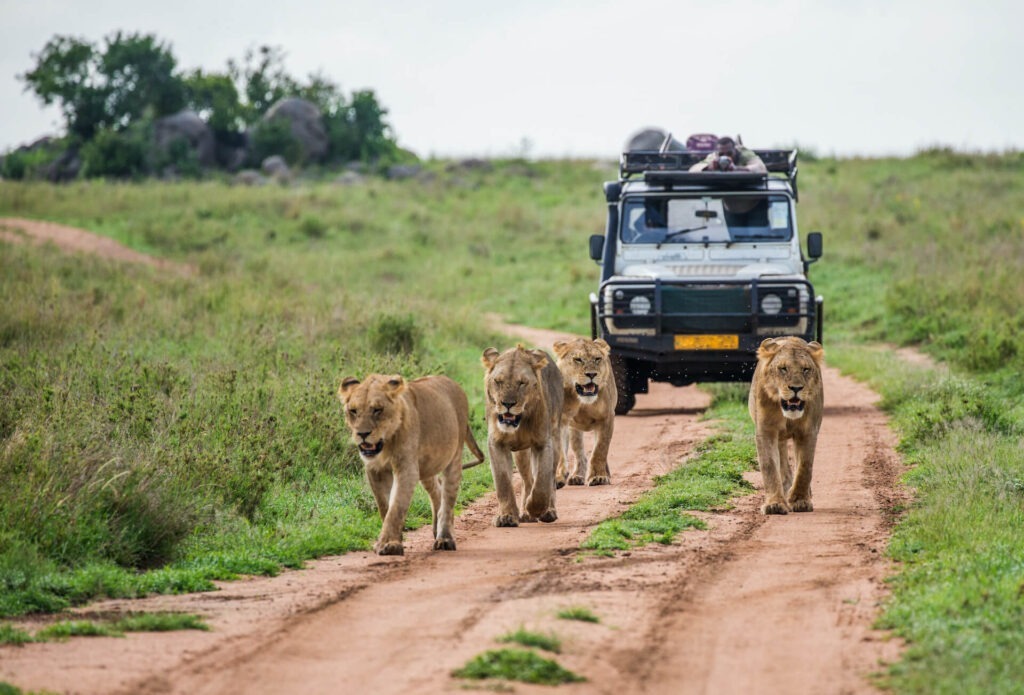
If you spot an animal ahead, slow down gradually rather than making abrupt stops which could startle it or cause accidents. Give the animal ample space to move away from the road; avoid honking or flashing your lights as this can confuse or agitate it. In cases where larger animals like elephants are crossing, maintain a safe distance and be patient—rushing them could provoke unpredictable behavior.
Remember that these creatures are part of Uganda’s natural heritage. By handling wildlife encounters responsibly, you not only ensure your safety but also contribute to preserving the delicate balance between humans and nature in this beautiful country.
Preparing For Roadside Emergencies And Breakdowns
When navigating Uganda’s roads, being prepared for roadside emergencies and breakdowns is crucial. The country’s diverse terrain and unpredictable weather can present unique challenges, making it essential to have a well-thought-out plan. First, ensure your vehicle is in top condition before embarking on any journey. Regular maintenance checks, particularly on tires, brakes, and fluid levels, can significantly reduce the risk of unexpected issues.
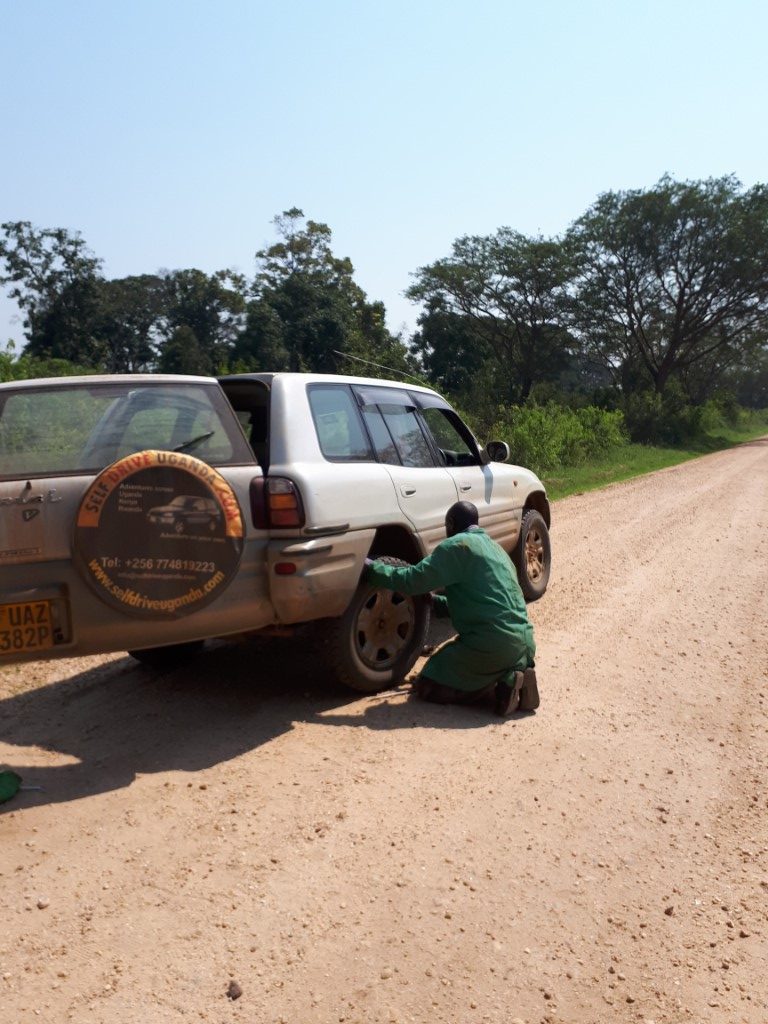
Despite thorough preparation, emergencies can still occur. Equip your vehicle with a comprehensive emergency kit that includes essentials like a first aid kit, reflective warning triangles, a flashlight with extra batteries, basic tools such as wrenches and screwdrivers, and jumper cables. Additionally, carrying spare tires and knowing how to change them will save you valuable time. In remote areas where assistance may be scarce or delayed due to limited infrastructure or poor network coverage, communication devices like mobile phones with fully charged batteries or even satellite phones become indispensable.
Familiarize yourself with local emergency numbers and services beforehand to ensure you know who to contact if needed. Lastly, always inform someone about your Uganda self drive travel plans and expected arrival times.
Using GPS and Local Maps For Navigation
Navigating Uganda’s roads can be an adventure, and using GPS and local maps is essential for a smooth journey. Modern GPS systems offer real-time traffic updates, route optimization, and points of interest that make traveling easier. However, it’s important to remember that technology can sometimes fail due to poor satellite reception or outdated maps. Therefore, supplementing your GPS with local maps is a wise move.
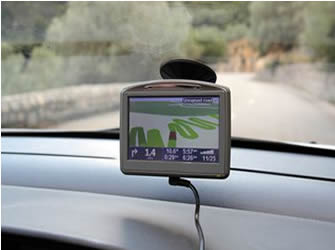
Local maps provide a broader understanding of the area, showing minor roads and landmarks that may not appear on digital devices. They are particularly useful in rural areas where internet connectivity is sparse. Familiarize yourself with key locations and the general layout before setting off; this way, you won’t be entirely reliant on your GPS.
Additionally, understanding local road signs and common phrases in Luganda or Swahili can enhance your self drive experience. Engaging with locals for directions can also provide invaluable insights into road conditions or shortcuts that even the best technology might miss. Combining modern tools with traditional methods ensures a safer and more enjoyable driving experience in Uganda.
Cultural Considerations For Driving In Uganda
Navigating the Ugandan roads on self drive adventure requires a nuanced understanding of the local driving culture, which can be quite different from what many visitors are accustomed to. One of the most striking aspects is the informal yet highly interactive nature of road use. Drivers often rely on non-verbal cues and mutual understanding rather than strict adherence to traffic rules. Horns are used liberally, not just as warnings but also as polite signals to communicate intentions or acknowledge other drivers.
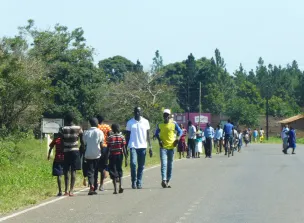
Additionally, roadways frequently accommodate a mix of vehicles, pedestrians, and even livestock, creating a dynamic environment that demands heightened awareness and adaptability. Patience is essential; Ugandan traffic can be unpredictable with sudden stops and slow-moving vehicles being commonplace.
Respect for local customs is also important. Ugandans value courteous interactions; aggressive driving or impatience will likely be met with disapproval. Understanding these cultural subtleties can make your driving experience smoother and more enjoyable while ensuring you navigate Uganda’s roads safely and respectfully.
Self drive car rental in Uganda
Are you planning to self drive in Uganda on your next safari, business or leisure trip, we at Uganda Car Rental Deal will be more than delighted to offer you our services. We have a fleet of well-serviced Uganda rental cars ranging from small economy cars & 4×4 safari vehicles to luxury SUVs all available at budget-friendly prices. Simply contact us today by sending an email to info@ugandacarrentaldeal.com or call us now on +256-779232316 to speak with our reservations team.
